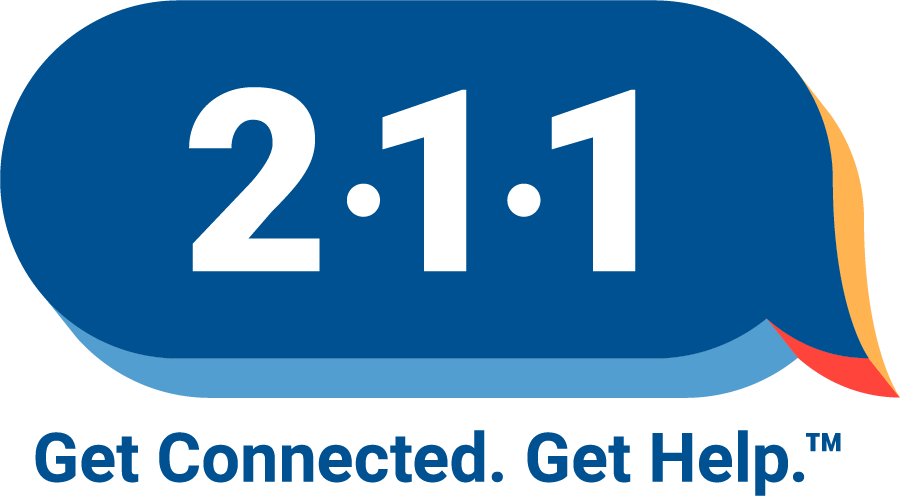New Report Finds That Three In Ten California Households Cannot Afford Basic Needs
United Way Study reveals extent to which poverty is grossly undercounted in California, where 2.9 million households are living below the Self-Sufficiency Standard
Sacramento, CA
Three in ten California households lack enough income to cover “bare bones” living expenses, according to a report released today by United Ways of California. The report uses a Self-Sufficiency Standard which measures the actual cost of living in California, specific to each county, for housing, food and shelter, as well as the work-related costs of transportation, child care and taxes.>
The complete report,”Overlooked and Undercounted 2009,” commissioned by United Way of the Bay Area and conducted by the Center for Women’s Welfare at the University of Washington.
In contrast to the Federal Poverty Level, which is calculated using a 45-year old approach based on the cost of food and does not take into account wide variations in the cost of living in different regions, the Self-Sufficiency Standard was developed to provide an accurate and up-to-date measure of income adequate for basic needs. The Standard represents a “bare bones” budget appropriate to family composition and does not include any restaurant or take-out food, savings for retirement, emergency funds, or credit card or loan payments.
“While the Federal Poverty Level identifies only ten percent of California residents as poor, this report reveals the extent to which many more Californians are struggling to meet basic needs than most people realize,” said Peter Manzo, President and CEO of United Ways of California. “Because the majority of government and social service programs rely on variations of the Federal Poverty Level, a large and diverse group of California residents are routinely overlooked and undercounted.”
“Many of these hidden poor earn too much income to qualify for most social service programs, but they still struggle to meet their most basic needs, especially as the costs of living continue to rise,” Manzo continued.
The report also shows that hard times proceeded the recession for a significant number of California families. Based on the most recently available U.S. Census data from 2007, the report demonstrates that even before the global economic crisis, having a job was not a guarantee of adequate income. In 42 percent of California households below the Self-Sufficiency Standard, the adult head of household was employed full time, year-round, yet did not earn enough income to make ends meet.
Other key findings of the report include:
- Inadequate income is greater in some counties than in others. The Counties of Colusa, Glenn, Tehama, and Trinity have the highest income inadequacy rates in the state (43%). With a rate of 37%, Los Angeles County has the highest concentration of households with inadequate income and is home to nearly one-third (907,630) of all households in California with incomes below the Standard.
- People of color are disproportionately likely to have incomes below the Standard. Latinos represent the highest percentage of households with insufficient income at 52%, followed by African Americans (39%), Native American and Alaska Natives (34%), Native Hawaiian and Pacific Islanders (31%), Asians (26%), and Whites (18%).
- Foreign-born households have more trouble making ends meet. While native households have an income inadequacy rate of 23%, the likelihood of inadequate income is significantly higher if the household is foreign born (46%); for non-citizens, the rate is even higher (59%).
- Families with children are more likely to have insufficient income, due to an increased cost of basic needs. Nearly two out of three households below the Standard have children; over half (56%) have children under six.
- Households headed by single mothers have high rates of income inadequacy. 64% of single mothers lack adequate income, compared to 47% of single fathers and 36% of married couples with children.
- In addition, single mothers of color have the highest rates of income inadequacy: Latinas (77%), Blacks (70%), Asian and Pacific Islanders (53%).
- Employment is a key to income adequacy, but is not a guarantee. Of the nearly 2.9 million California households with inadequate incomes, 89% have at least one worker. In 42% of households below the Standard, the head of household is employed full-time, year round.
- Education reduces the rate of income inadequacy dramatically. 68% of households with less than a high school education have incomes below the Standard. The rate drops to 12% for those with a Bachelor’s degree or higher.
- However, women and people of color need more education to achieve the same level of economic self-sufficiency as White men. Women of color with a Bachelor’s degree or more have rates of income inadequacy equal to that of White men with some college education (about 18%).
“Households with inadequate income reflect the diversity of our state,” said Manzo. “They come from every racial and ethnic group, household composition, and level of education, and they work hard as part of the mainstream workforce. It is our hope that the findings of this study will guide public policy and prompt leaders to reexamine social service programs throughout the state.”



